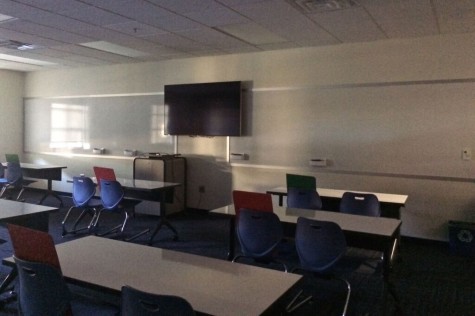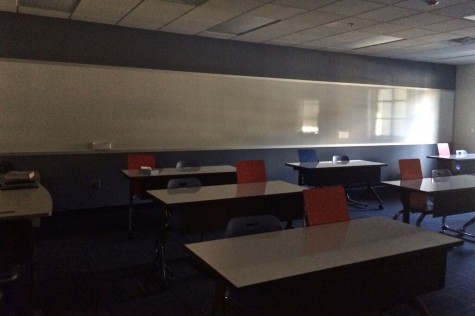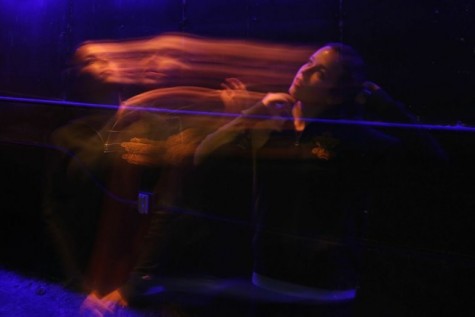It’s Time to Investigate the Gries’ Clock Shortage
After spending an entire semester roaming the Gries, wandering up and down the Doyle Science Wing hoping to eventually stumble into room two twenty-something, barging into the wrong classrooms at five minutes past the start of class, frantically asking teachers, other students, administrators – anyone at this point – for directions to the Gabos Recital Hall, and spending hours searching for the legendary 3D printers rumored to be somewhere upstairs, students can confidently say, “I know the Gries Center for the Arts and Sciences. Trust me, I know it.” No longer is the infamous Doster (like roster not like toaster) Study Hall a mythical room somewhere upstairs, no longer are the study areas with their luxurious blue couches and towering glass windows something to be marveled at, no longer do students stop to gape and stare at the impressive courtyard in front of the Gries – because they already know it. And it’s because students have come to know every classroom, corridor and hallway of the Gries that they’ve managed to overlook the impressive features of the building to notice one minor detail – the absence of clocks.

No clocks can be found in this classroom in the Gries.
In the construction of the millions of rooms of the Gries, Berkeley neglected to put clocks within the classrooms. For students like Amanda Dumar ’17, who live their lives dictated by the eternally ticking hands of the minute and hour hand, the absence of clocks is no minor mistake.
“I have to know when it’s time to come and go. I have to know when I can get to my next class. And I have to know how much time I have left when I’m taking a test.”
There are plenty of theories surrounding the absence of clocks in the Gries – from the commonly held belief, shared by many students and Upper Division (UD) Science teacher John Cook, that “it was just an oversight” to UD Science teacher Andrew Vandenberg’s hypothesis that “[the clock shortage is] the result of an unexplained mass clock migration to the planet Gallifrey in the mid 20th century.” Perhaps Berkeley wanted us to have less of a distraction in class, forcing students to stare at the board for once in their lives. Or maybe Berkeley wanted us to take a break from time, to relax and let go of our fears of being late. Or maybe, as Dawn Taylor ’17 put it, “they really just want us to stay in here forever.”

Due to the shortage of clocks, as seen in this empty classroom, many students have trouble figuring out the time.
Whatever the case, teachers in the Gries have dealt with the shortage of clocks in a number of different ways – from taking the initiative to buy their own clocks, like UD Chemistry teacher Karene Schneider, or just continuing to live life without a clock. Because, as Vandenberg said with a shrug, “time is relative.”

Jennifer is a senior at Berkeley and has served on Fanfare as a staff writer, a news section editor, the social media editor, and now the co-editor-in-chief....

Alex Livingstone is currently flawlessly executing her job as photo editor for Fanfare during her senior year at Berkeley Preparatory School. While not...

